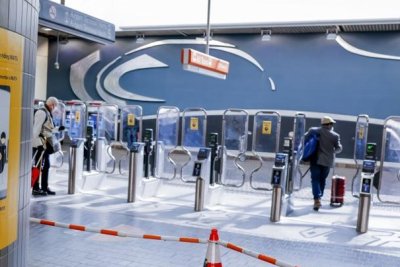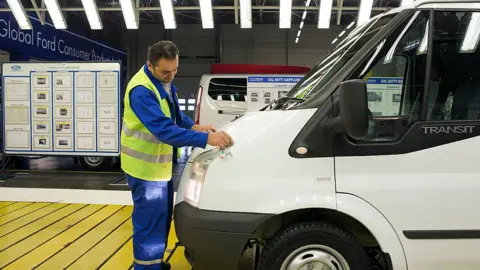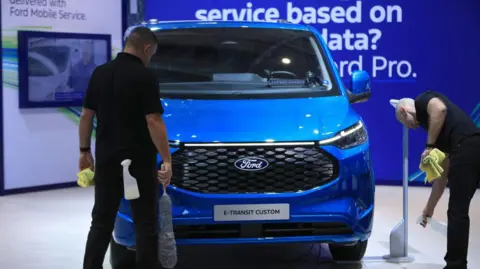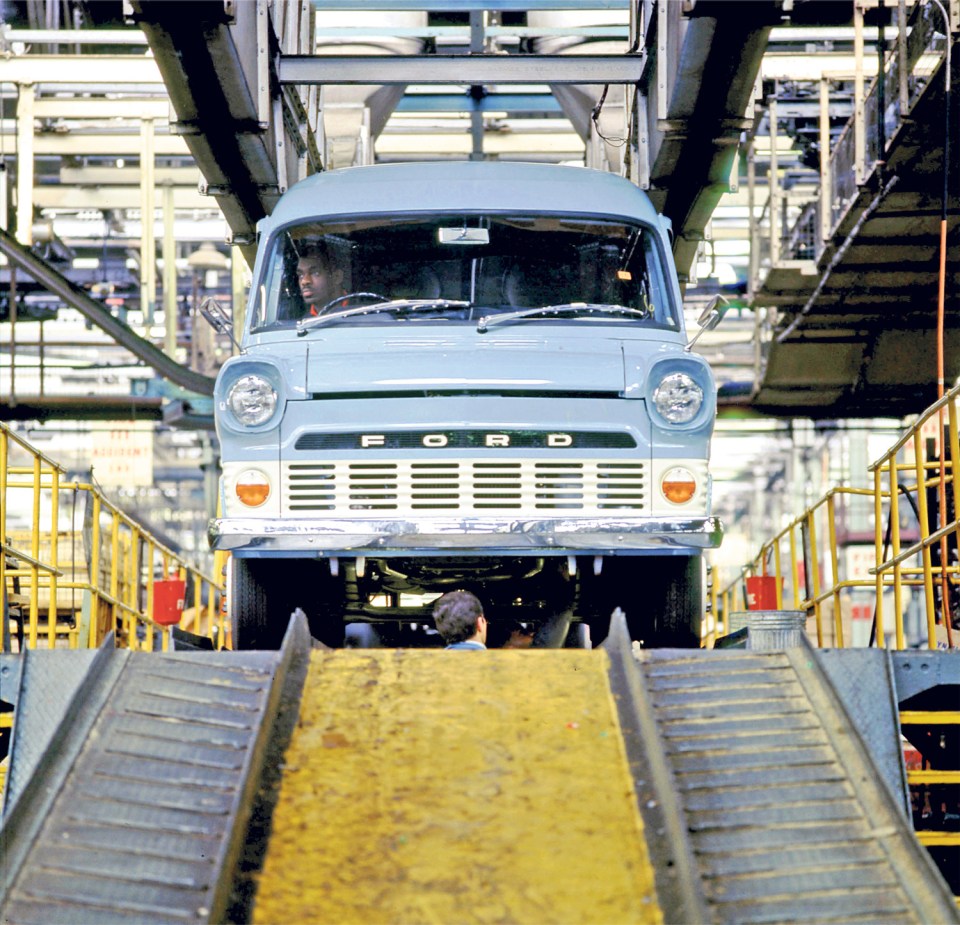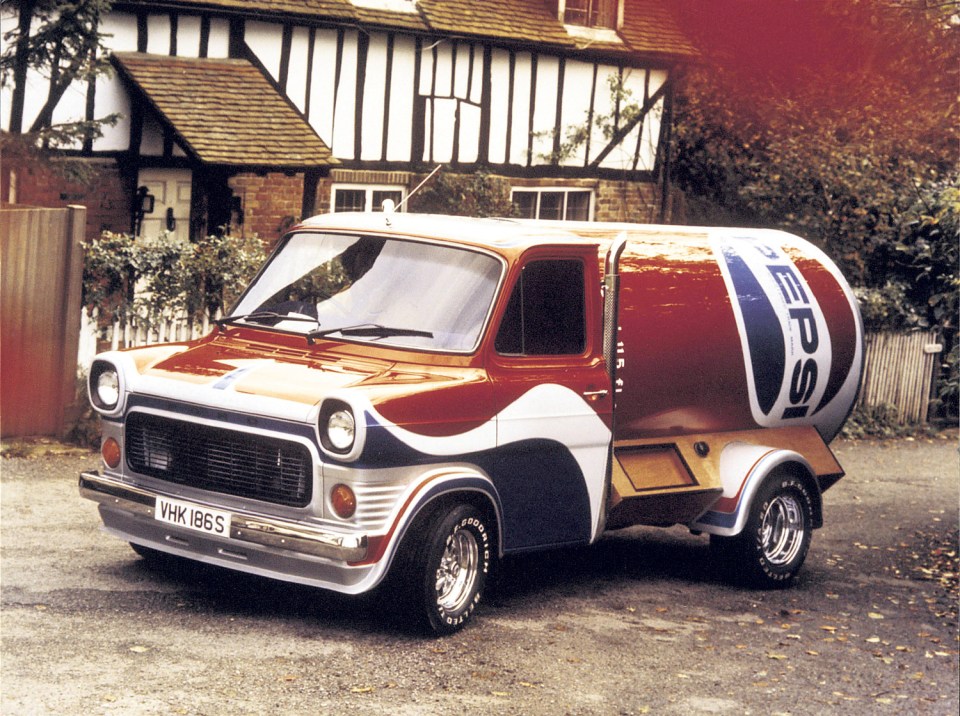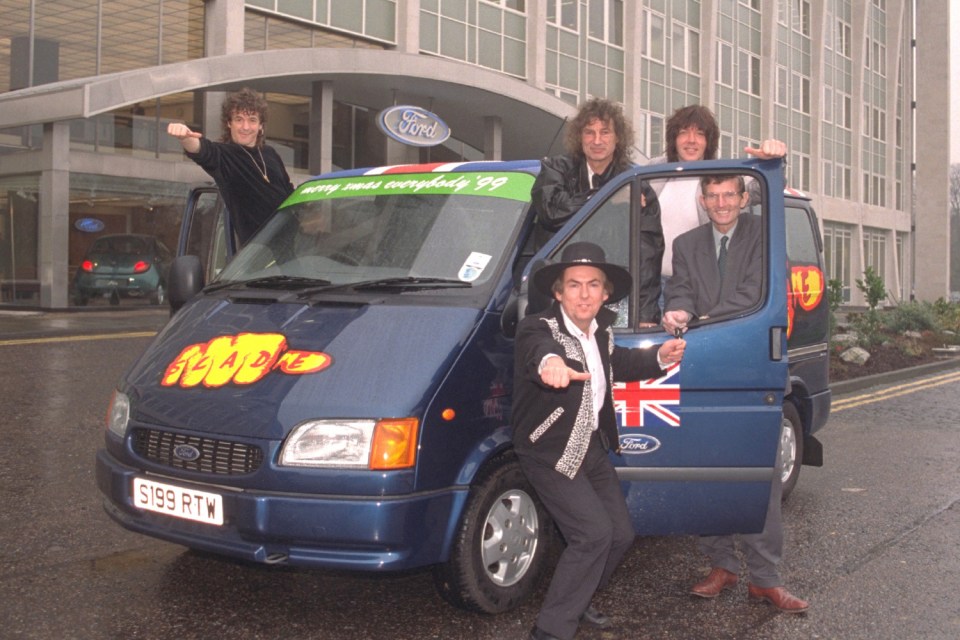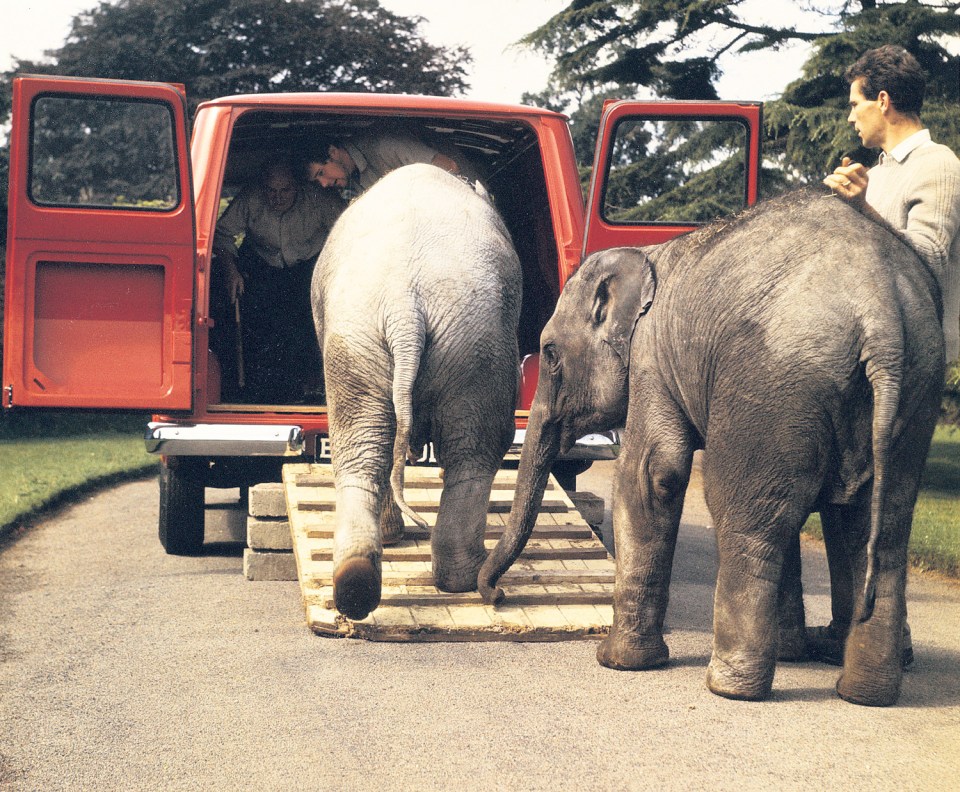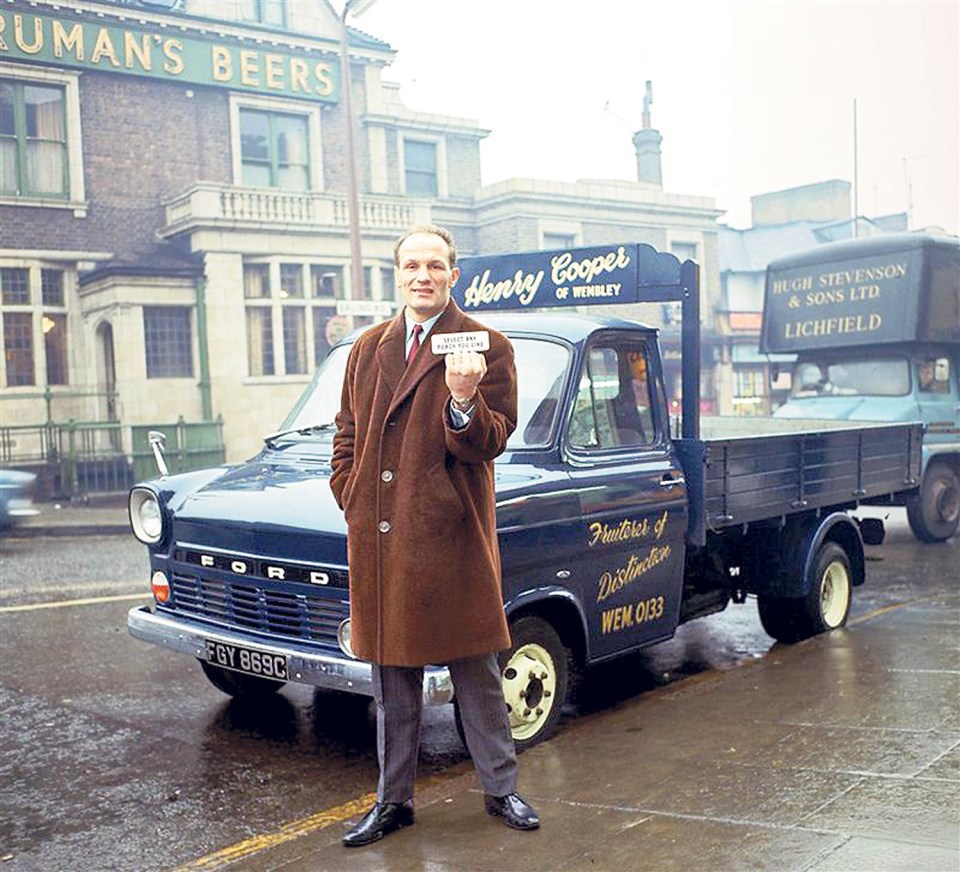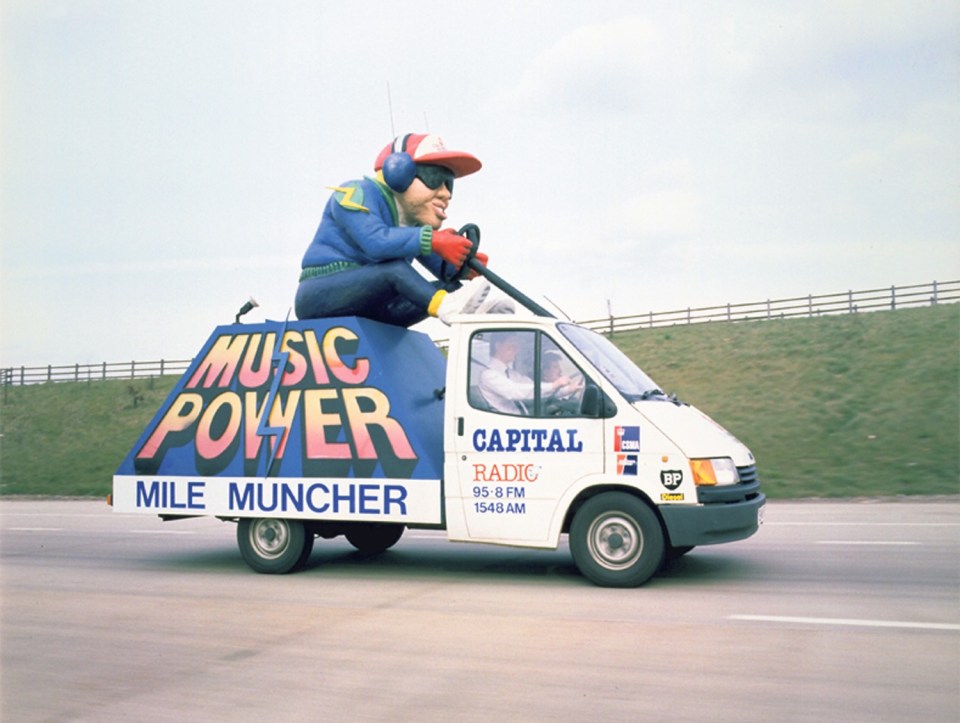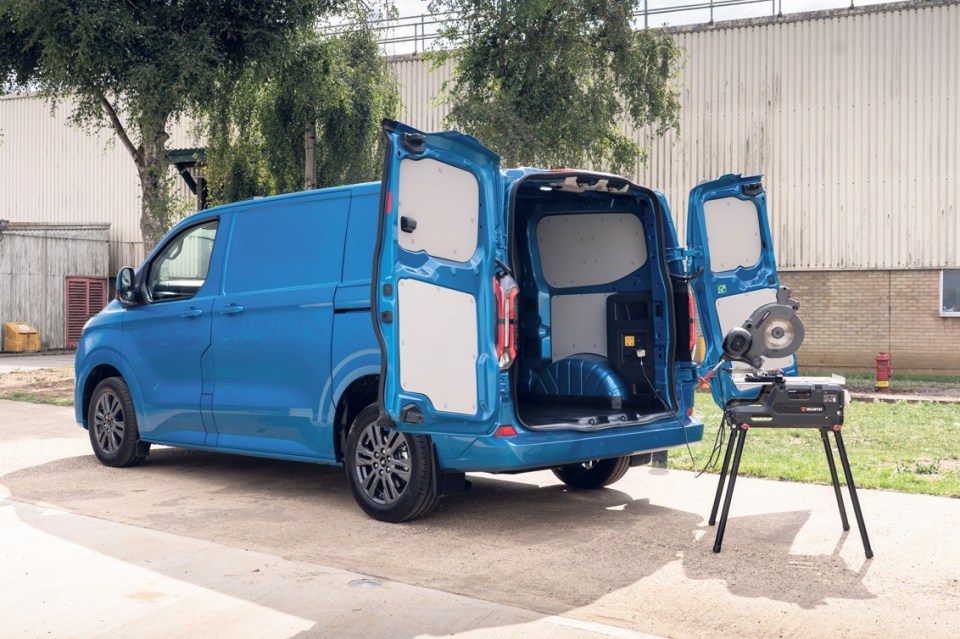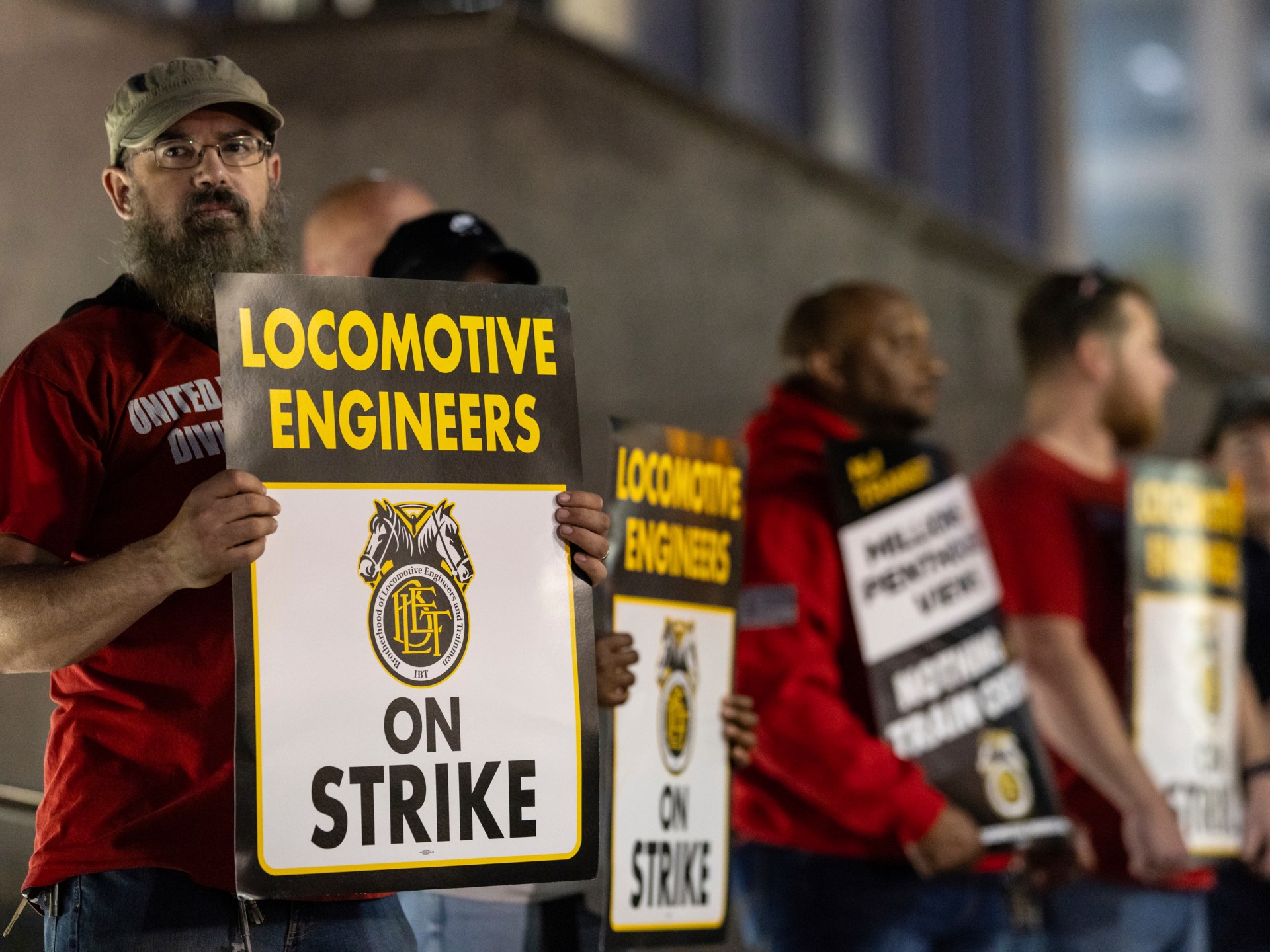Newsom signs historic housing bill to bring density to transit hubs
On the campaign trail eight years ago, Gov. Gavin Newsom famously promised to support the construction of 3.5 million new homes in California by the end of this year. He’ll probably fall short by millions, but his latest move reaffirms the effort.
Newsom signed Senate Bill 79 into law Friday. The historic bill, which looks to add density to transit hubs across California, is one of the most ambitious state-imposed housing efforts in recent memory.
“All Californians deserve an affordable place to live — close to jobs, schools, and opportunity. Housing near transit means shorter commutes, lower costs, and more time with family. When we invest in housing, we’re investing in people — their chance to build a future, raise a family, and be part of a community,” Newsom said in a statement.
The sweeping bill — which takes effect July 1, 2026 — upzones areas across California, overriding local zoning laws to allow taller, denser projects near transit hubs such as subway stops, light rail stops and bus stops with dedicated lanes.
Developers will be permitted to build up to nine-story residential buildings adjacent to subway stops, seven stories within a quarter-mile of them and six stories within a half-mile. The bill will also allow residential buildings that reach five to eight stories near light rail and dedicated bus lanes, depending on how close a piece of property is to a particular station or bus stop.
It’s the second major housing reform Newsom has greenlighted this year. In June, he signed a landmark bill that streamlines housing construction and cuts through the regulatory red tape brought by the California Environmental Quality Act (CEQA).
Newsom’s decision caps months of debate and weeks of pleas from residents, advocacy groups and cities imploring him to either sign or veto.
It’s a huge win for YIMBY groups and developers, who claim the quickest way to address California’s housing crisis is to build housing — especially near transit stops to encourage public transportation and cut down on car pollution.
“With his signature on SB 79, Governor Newsom cements his legacy as one of the most transformative pro-housing leaders in California history,” California YIMBY Chief Executive Brian Hanlon said in a statement. “Now we begin the work of making sure its provisions are fully and fairly implemented.”
It’s a blow for some cities, including Los Angeles, which claim that the bill brings a one-size-fits-all approach to a problem that needs local control. Mayor Karen Bass asked Newsom to veto the bill, and the L.A. City Council passed a motion opposing it.
Now, the chaotic scramble begins as cities, developers and residents try to figure out who is affected by the bill — and who is exempted.
Sen. Scott Wiener (D-San Francisco) introduced the legislation in January, emphasizing the need for immediate action to address the housing crisis. But as the bill wound its way through the Legislature, a host of amendments, exemptions and carve-outs were added in order to secure enough votes to pass through the Assembly and Senate.
What was left was a wordy, at-times confusing bill. Wiener’s spokesperson Erik Mebust acknowledged that it’s “incredibly challenging to visualize.”
First, the bill’s scope was narrowed from all of California to only counties with at least 15 passenger rail stations, leaving only eight: Los Angeles, Orange, San Diego, Alameda, San Francisco, San Mateo, Santa Clara and Sacramento.
The biggest impact will probably be felt in Los Angeles, which has an estimated 150 transit stops covered by the bill, according to the city’s preliminary assessment.
Transit hubs are being targeted for taller, denser housing
Senate Bill 79 would override local zoning laws, allowing buildings of five to nine stories in areas close to many public transit stops in Los Angeles, according to the city’s preliminary analysis. Still, some properties would be eligible for exemptions or a multi-year delay.
Distance from transit hub
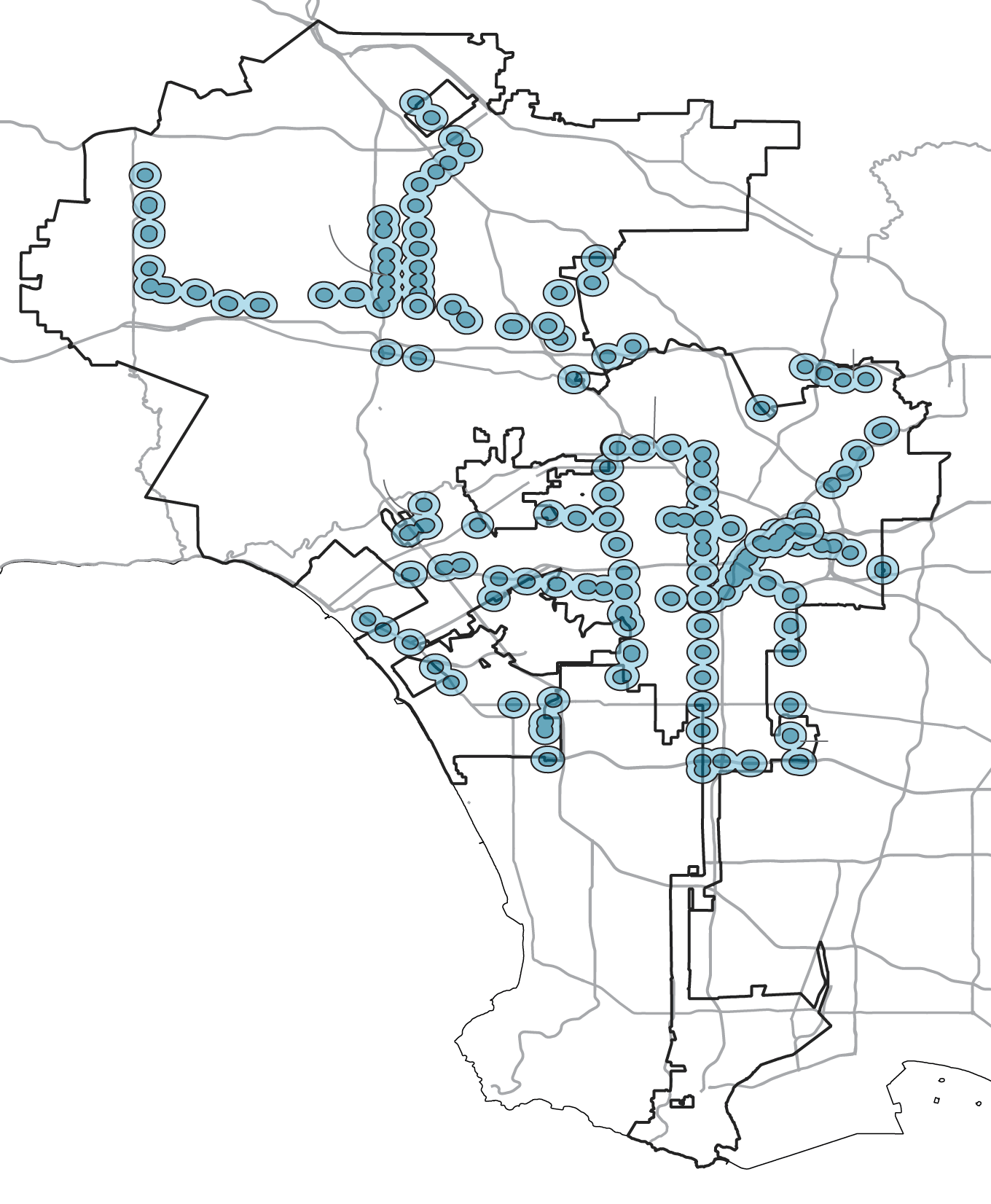
Los Angeles Dept. of City Planning
Sean Greene LOS ANGELES TIMES
Next, lawmakers added several deferral options, allowing cities to postpone implementation in selected areas until approximately 2030 — one year after they must submit their latest plan for spurring new housing construction and accommodating growth.
For the next five years, cities can exempt properties in high-risk fire areas, historic preservation zones and low-resource areas — an attempt to mitigate the bill’s effect on gentrification in low-income neighborhoods.
Transit stops and fire zones
Under Senate Bill 79, cities can seek a delay in upzoning for areas located in very high fire hazard severity zones. In northeast Los Angeles, these zones overlap with transit stops in multiple places.
Distance from transit hub


Los Angeles Dept. of City Planning, California Dept. of Forestry and Fire Protection
Sean Greene LOS ANGELES TIMES
In addition, to eke out votes from lawmakers representing smaller cities, SB 79 zones shrank to a quarter-mile in cities with fewer than 35,000 residents, compared with a half-mile everywhere else.
Known as the “Beverly Hills carve-out,” the amendment shrinks the upzoning responsibility for certain small, affluent cities around Southern California including Beverly Hills and South Pasadena. As a result, the eligibility map gets weird.
For example, the law will only affect a quarter-mile area surrounding South Pasadena’s Metro A Line station, but a half-mile in its adjacent communities — Pasadena and L.A.’s Highland Park neighborhood. In L.A.’s Beverly Grove neighborhood, the law covers properties within a half-mile of the Metro D Line subway, but in Beverly Hills right next door, it only affects areas within a quarter-mile.
Before Newsom signed it into law, Los Angeles City Councilmember Katy Yaroslavsky called it unfair.
“Beverly Hills gets off the hook, and Los Angeles is left holding the bag,” she said in a statement.
Other oddities abound. For example, a city can exempt a particular property that is half a mile from a transit station as the crow flies but has physical barriers — railroad tracks, freeways — that make it more than a mile away on foot.
Several online maps attempted to show which areas would be upzoned under SB 79, but no one has produced a parcel-specific overview. L.A. planning officials recently published a draft map showing the places that they believe would be upzoned under SB 79. But they cautioned that the online tool is for “exploratory purposes only” — and that a binding eligibility map will eventually be published by the Southern California Assn. of Governments.
Cities, developers and homeowners will have to wait for clarity until that map is published. In the meantime, YIMBY groups are hoping the bill spurs multi-family development in L.A., which has waned in recent years due to unprofitable economics and regulatory uncertainty.
“A lot of people don’t want California to change, but California is changing whether they want it to or not,” said Matt Lewis, spokesperson for California YIMBY, one of the bill’s sponsors. “The question is whether we allow those changes to be sustainable and affordable, or chaotic and costly.”





